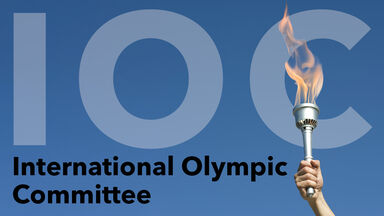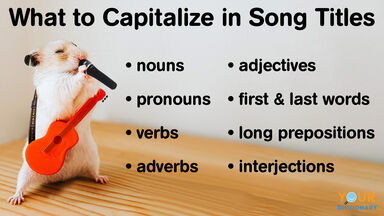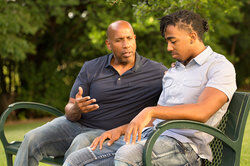Managhi claims as a Genoese, whose true name according to him was Angelino Dalorto.
When Prithi Chand represented that he ought to have received the turban bound on Guru Arjan's head in token of succession to his father, Arjan meekly handed it to him, without, however, bestowing on him the guruship. The Sikhs themselves soon revolted against the exactions of Prithi Chand, and prayed Arjan to assert himself else the seed of the True Name would perish.
The Samaritans, who otherwise shared the scruples of the Jews about the utterance of the name, seem to have used it in judicial oaths to the scandal of the rabbis.4 The early Christian scholars, who inquired what was the true name of the God of the Old Testament, had therefore no great difficulty in getting the information they sought.
The true name of the book appears in the authorities in a variety of forms, the variation affecting both the author's name and the description of his book.
On the coins struck in India, the well-known Indian alphabet (called Brahmi by the Indians, the older form of the Devanagari) is used; on the coins struck in Afghanistan and in the Punjab the Kharoshthi alphabet, which is derived directly from the Aramaic and was in common use in the western parts of India, as is shown by one of the inscriptions of Asoka and by the recent discovery of many fragments of Indian manuscripts, written in Kharoshthi, in eastern Turkestan (formerly this alphabet has been called Arianic or Bactrian Pali; the true name is derived from Indian sources).





